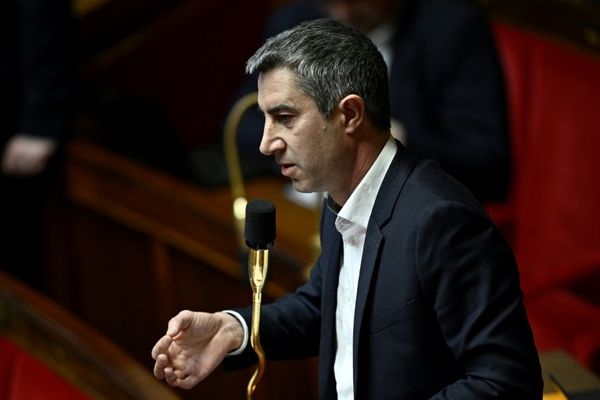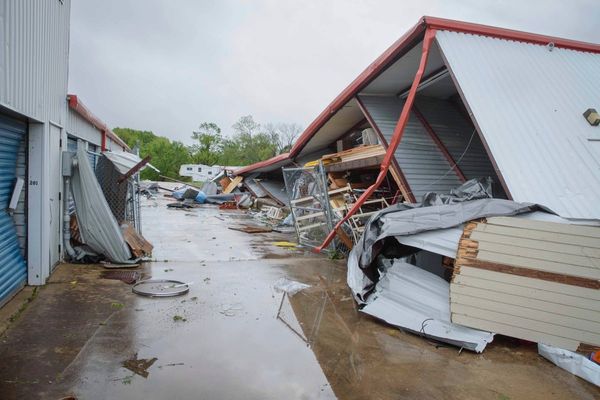Fiona McIntyre walked into Scottish Women’s Football in 2014 and found an operation starting from scratch. The Premier League was run no differently to the under-13s. Commercial deals were non-existent and broadcasters preferred to send their cameras somewhere else at the weekend.
“I don’t think there were even any professional players,” recalls the Managing Director of the SWPL now. “I have a vague recollection of an SFA rule that prohibited professional players on the women’s side.”
On Wednesday night, top of the table Glasgow City host third place Rangers clash beamed live on BBC Alba. In Hamilton fourth place Celtic will try to breath life into their fading hopes by overcoming second place Hibernian. Describing the race for the SWPL title as the most exciting in Europe, McIntyre has spent the last 11 years talking up a game progressing at a dizzying pace.
“You only have look at that compared to what we have at the SWPL now, with five full-time teams, lots of professional players, broadcast deals and people actually going to games who are not just friends and family," she tells Herald Sport.
“It’s entirely different. I look back to when I arrived at SWF and there wasn’t really a plan back then. The plan only really came in around 2020.’
Major tournaments were the game-changer. Scotland’s national team qualified for the Euros for the first time in 2017 under Anna Signeul. Two years later Shelley Kerr’s side negotiated a passage to the World Cup Finals.
In 2035 Scotland co-host the women’s World Cup Finals as part of an unopposed bid by the home nations.
A recent study by the University of Edinburgh’s Academy of Sport found that positive attitudes towards women’s club football had risen significantly, with online engagement doubled between 2021 and 2024.
The research found that 2,000,000 people watched the SWPL on television and online leading up to Celtic’s first title last season. More recent data suggests that the figures are still rising.
The Edinburgh University study also found that 88 per cent of SWPL supporters rate a day out with family and friends as a more rewarding experience than their team winning the game. A crowd of 18,555 watched the national team in a warm-up at Hampden before the 2019 World Cup and McIntyre suspects the impact of hosting the tournament in 2035 could be significant.
Read more:
“I think major tournaments make such a difference,’ she adds. “Particularly for women’s sport.
“Hosting the Euros down south did so much for England and English women’s football can’t be overstated.
“It definitely inspires participation. It’s no coincidence that the two years the Scotland womens’ national teams qualified for tournaments brought the biggest spike in participation.
“But the bigger thing for me – and it’s probably less tangible – is perception.
“The World Cup coming here will grow participation. More than that it will change the perception massively when people see women’s football on the biggest stage in the best stadiums with proper television coverage and great personalities.
“I don’t care what anyone says. If you put the best mens teams on a crappy pitch and the environment looks horrendous then the perception of that is that it’s poor.”
Perceptions remain a problem. While basic economics dictate that supply meets demand for a product, women’s football supplies the product first and tries to stimulate demand.
Television coverage featuring empty stands in New Douglas Park and Broadwood suggests the demand isn’t quite there yet and, rather than damaging the image of the game by having modest SWPL crowds rattling around rented grounds too big for their actual needs, SFA President Mike Mulraney has initiated talks with Celtic, Glasgow City and Rangers over a ground-breaking plan to build a new 3,000 to 5,000 stadium in Glasgow.
Still at the planning and talking stage the city’s three full-time professional women’s teams are open to the idea of sharing a 4G pitch in an arena projected to hold between 3000 to 5000 spectators.
Scotland’s women’s national team could also play games there in a bid to improve the fan experience while nights like tonight – when the top four full-time teams in a nip and tuck title race go head to head – could be played in the same stadium on the same day with live coverage on television.
“The players are fundamentally better than they were five years ago because of full-time teams,’ claims McIntyre.
“It’s pretty obvious that if you go into a sports science environment with proper rest and nutrition and training then players are going to get better.
“But I think they’re also encouraging each other to push on. You know what Scottish football is like. If Rangers do it, Celtic do it. If Hibs do it Hearts do it.
“We also have the unique element of Glasgow City, a club absolutely driven to stay at the top and because of that we are creating an environment where you have five clubs really pushing.
“And it’s important to point out that it’s not competitive because of a lack of quality.
“Celtic reached the group stages of the Champions League and they’re currently sitting fourth.
“We have a product with full-time players and when you go along now you are watching proper athletes.
“We’ve had dramatic conclusions to the last two seasons and this one could match them.”
A former player with Kilmarnock, McIntyre grew up kicking a ball around a back garden in Ardrossan with her brothers. Husband Tommy is a coach with Queen’s Park and their two daughters spend as much time watching the SWPL as they do the male equivalent.
“Men’s football has a hundred year history. It created demand and its now entrenched in society. That’s where we want to go to.”
Entrenched male attitudes linger and lead, inevitably, to difficult moments. Joey Barton’s online misogyny towards young Partick Thistle goalkeeper Ava Easton last year provoked widespread disgust. In 2022, McIntyre was a top table guest when sports presenter Eilidh Barbour and other female journalists walked out of the annual Scottish Football Writers’ Association dinner in protest at ‘sexist, racist and homophobic’ humour from after-dinner speaker Bill Copeland.
“Uncomfortable is probably the right word to describe that,’ reflects McIntyre now.
“But I think there were learnings from that. Because my understanding, from talking to people after it, was that there was a time when women weren’t even allowed to attend the dinner and there were no awards for women’s football.
“So if I’m looking through a glass half full we had an international women’s award, I was seated at the top table and all the female journalists were in the room.
“So in one sense you’re witnessing real progress. And, rather than being negative about the things that haven’t happened yet I’d rather say, ‘okay, we’ve crossed that one off, what’s next?…’







